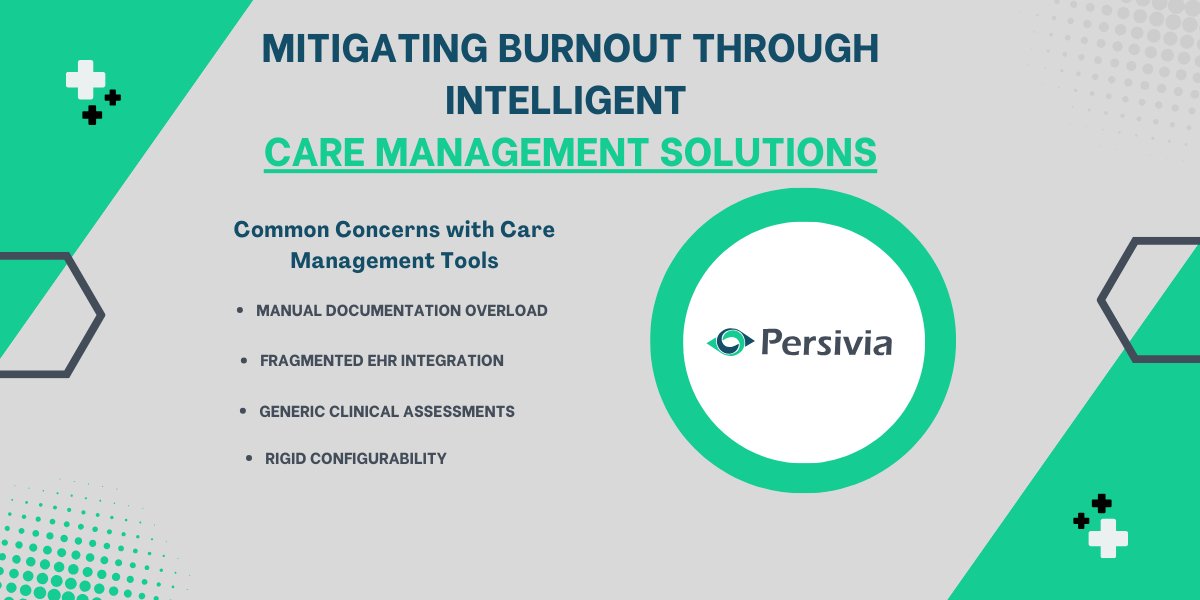
Secure Your Software Development Process With Cloud Adoption
In today's tech-driven world, escalating online security threats make it essential for businesses to protect their software development. Adopting cloud computing improves security with updated protocols and continuous monitoring, enables expansion through scalable resources, and enhances collaboration for teams spread across different locations. This strategy improves operational efficiency and strengthens security, helping companies adapt to market demands. Using cloud technologies allows businesses to manage their resources efficiently, reduce risks, and stay competitive in a market driven by technology.
This article examines how adopting cloud technology can strengthen software development by showcasing the tools, practices, and strategic benefits of the cloud environment.
The Rise of Cloud Computing in Software Development
What is the cloud? The cloud pertains to a network of remote servers that are hosted on the Interne. It stores and manages data and applications, allowing users to avoid the limitations of local physical servers. These virtual servers are often managed by third-party providers and enable users to access computing resources, storage, and software as needed without significant initial investment in hardware.
Cloud computing has transformed software development with its scalable, flexible, and cost-effective platform. This technology enables businesses to adapt their resources to demand, reducing overhead costs significantly. By adopting cloud solutions, companies access advanced technologies and robust security measures, typically surpassing those of on-premise systems.
This change enhances technological access, simplifies workflows, improves security, and fosters better collaboration, accelerating development cycles. As a result, cloud computing is vital for businesses that want to stay competitive in the fast-changing tech world.
Security Challenges in Traditional Software Development
Traditional software development environments often struggle with a range of security challenges, including inconsistent development practices, vulnerability to external attacks, and difficulties in implementing uniform security policies. Physical servers and data centers, while controllable, are not inherently designed to handle today’s dynamic cyber threats. Furthermore, the distributed nature of modern development teams can exacerbate these challenges, which makes it difficult to maintain a secure and unified development environment.
How Cloud Adoption Enhances Security
Adopting cloud computing in software development significantly boosts security through various measures:
Centralized Security Management
The cloud centralizes security policy and infrastructure management, easing administration for organizations. Cloud providers continuously update their systems to address new threats, ensuring that security measures remain robust and current.
Advanced Threat Detection and Response
Cloud providers deploy sophisticated threat detection systems that use artificial intelligence (AI) to quickly and accurately identify potential threats. These advanced systems, usually too expensive for individual organizations, outperform traditional security methods.
Data Encryption
Data encryption is essential for cloud security, protecting sensitive information by encoding data both at rest and in transit to prevent unauthorized access. This is crucial in software development to secure proprietary code and data. Effective encryption involves selecting strong algorithms, secure key management, and adhering to industry regulations, which enhances overall security and prevents data breaches.
Disaster Recovery and Data Redundancy
Disaster recovery and data redundancy in cloud computing ensure high availability and storage data across multiple locations, enabling quick recovery and minimal downtime during incidents like hardware failures or cyberattacks. This helps businesses maintain operations and safeguard critical data.
Best Practices for Cloud Security in Software Development
To fully benefit from cloud adoption, the following key cloud security best practices are essential:
Implement Identity and Access Management (IAM)
IAM restricts resource access to authorized users only. It includes multi-factor authentication, stringent access controls, and regular audits of user activities to ensure secure access.
Secure APIs
APIs, while integral to cloud services, can pose security risks. To secure APIs, ensure access is only possible over secure channels, implement rate limiting, and use API gateways for added security.
Continuous Integration and Continuous Deployment Security
CI/CD pipelines, which automate software development and enable continuous delivery, must be secured to prevent unauthorized code deployment. Incorporate security testing and compliance checks directly into the CI/CD process.
Regular Security Audits and Compliance Checks
Conducting regular security audits and compliance checks is vital for identifying vulnerabilities and ensuring adherence to legal standards like GDPR or HIPAA. This is particularly important in finance, healthcare, and other regulated industries. These audits and checks, which include reviews, the use of specialized tools, and third-party evaluations, play a critical role in enhancing security, minimizing risks, and maintaining compliance.
Strategic Benefits of Cloud Adoption
Adopting cloud computing offers several strategic benefits for software development:
1. Cost-Effectiveness
Cloud computing minimizes upfront hardware investments and infrastructure costs with a pay-as-you-go model, reducing both initial and operational expenses.
2. Scalability
The cloud enables flexible resource scaling, allowing adjustments according to demand and project size, which helps accommodate changes in development needs and market conditions.
3. Enhanced Collaboration
Cloud environments improve productivity by enabling remote teams to access and work on projects simultaneously from anywhere, speeding up development cycles.
4. Improved Security
Cloud providers deploy advanced security measures, including automated backups, encryption, and disaster recovery, enhancing data protection and reducing the risk of data loss.
5. Access to Advanced Technologies
Cloud platforms provide access to the latest technologies, like machine learning, empowering teams to innovate and gain a competitive edge.
6. Faster Time to Market
Cloud computing simplifies infrastructure management and optimizes the development process, accelerating the release of new applications and updates.
7. Sustainability
Cloud data centers offer more energy-efficient solutions than traditional data centers, reducing the carbon footprint of IT operations and promoting sustainable computing practices.
These benefits highlight cloud computing's role in reducing costs, increasing efficiency, enhancing security, fostering innovation, and supporting sustainability, making it a vital asset for the digital economy's success.
Conclusion
Cloud adoption is essential for secure, efficient, and sustainable software development, transforming from a trend into a strategic necessity. By using the security features and scalability of cloud platforms and adhering to best practices, businesses can enhance their software development processes. As the digital environment evolves, cloud computing will drive innovation and ensure compliance, playing an important role in the future of software development and maintaining competitive advantage. This proactive use of cloud technologies addresses current needs and prepares businesses for future challenges.

Law Firm Management: How Technology is Driving Efficiency

Most Popular Social Networks: Dominating Online Platform







